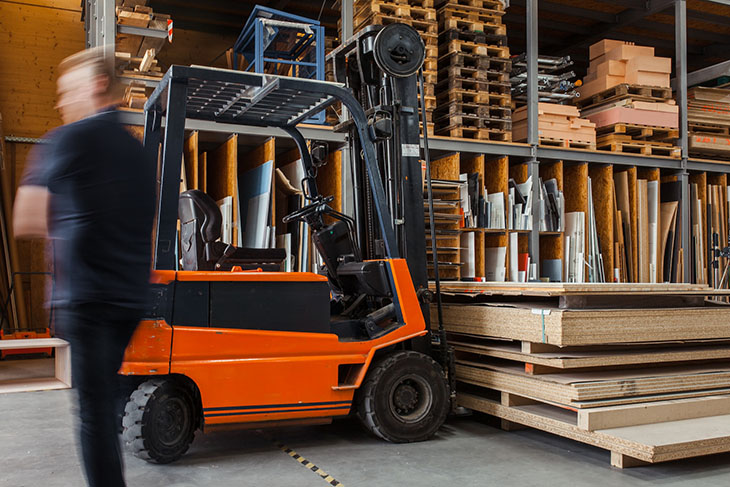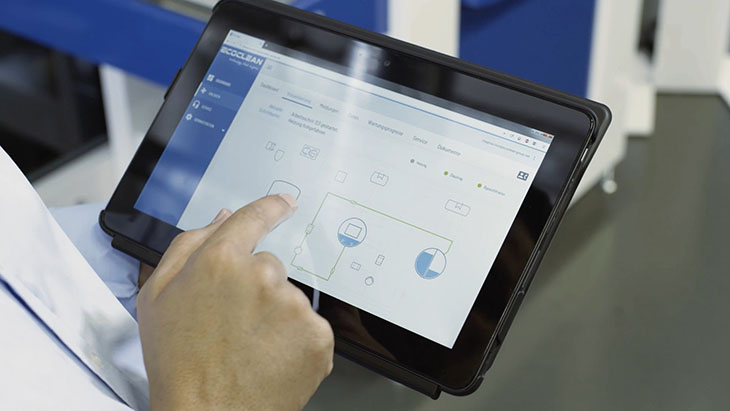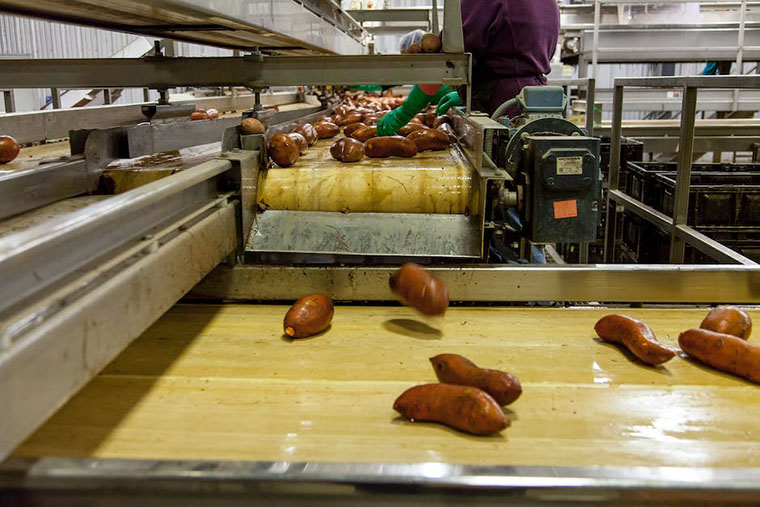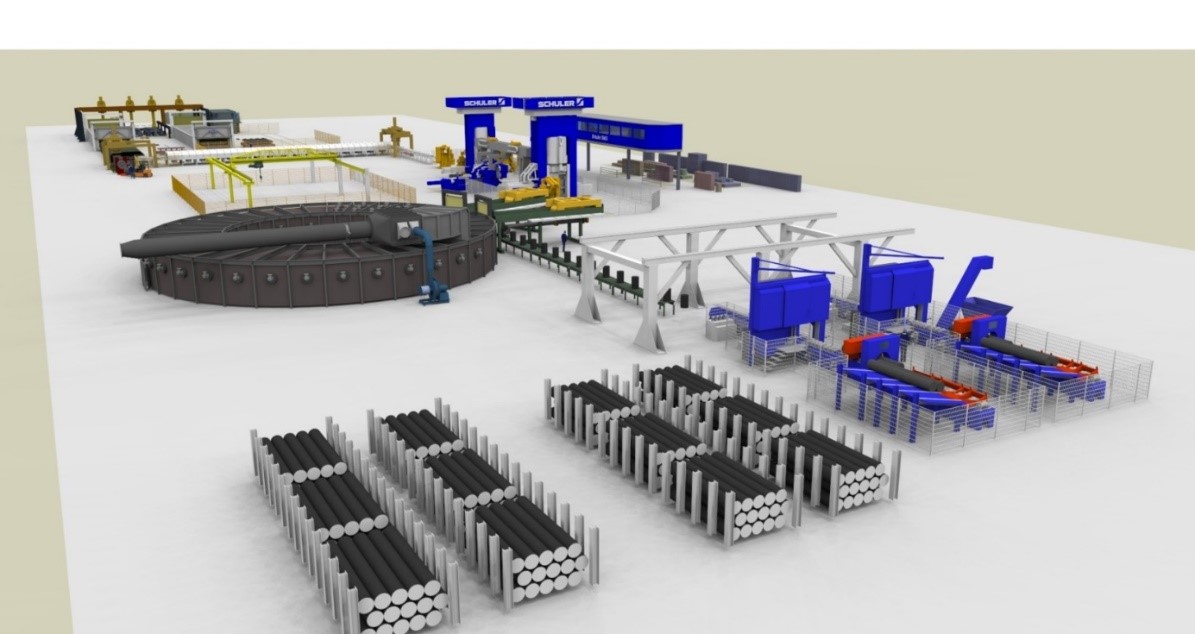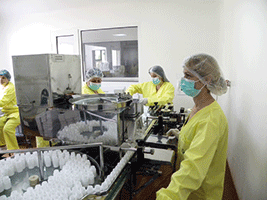Material handling is a hazard-prone type of work. Employees who repeatedly pick up, carry and set down heavy objects could easily strain themselves, either immediately or over time. Improved ergonomics for material handling can prevent these injuries.
As any weightlifter can attest, proper technique can make the difference between impressive work and a potentially life-changing accident. Lifting and carrying protocols are just one piece of the ergonomics puzzle. Here are five ways to make material handling operations safer to prevent injuries and boost productivity.
1. Improve Employee Training
Some authorities estimate that almost all workplace accidents stem from human error. However, that doesn’t necessarily mean it’s your employees’ fault for unsafe actions that cause them to strain themselves. You can minimize the risk of ergonomic errors by rethinking your training program.
Employees can’t work safely if they don’t know which actions are safe or unsafe. Supervisors should focus on explaining proper lifting and carrying techniques during employee onboarding. That includes lifting with your legs, team-lifting heavy loads and keeping objects close to your center of gravity.
It’s also important to emphasize why these procedures are important. Explain how improper form can cause life-altering injuries over time. Workers who understand how company protocol will improve their personal lives are more likely to comply.
2. Use Appropriate Lifting Tools
Lifting and carrying heavy objects can cause repetitive strain injuries over time, even with proper technique. Consequently, ergonomics for material handling should also reduce manual effort across workflows.
Giving employees equipment to help them lift heavier or more awkward objects is one of the best solutions. Tools like drum transporters, dollies, forklifts and pallet jacks can let workers move more weight without overexerting themselves. Some can lift up to 1,000 pounds of material, letting employees handle significantly more than they could manually.
The best lifting tool depends on the specific workflow at hand. Look through the items employees handle, find which are the heaviest or most challenging to grasp and select equipment from there. Keep these objects’ weight, shape and any orientation needs in mind.
3. Automate the Riskiest Processes
In some situations, it’s best to remove the human element entirely. Some objects may be too heavy, large or awkward to move safely or efficiently, even with support tools. Thankfully, automated material handling equipment is becoming increasingly common.
Automation is expensive and not always necessary, so you don’t need it for every material handling workflow. One of the most important steps to take is automating the most time-consuming or error-prone processes first. In this context, that means finding the materials employees are most likely to injure themselves handling.
Autonomous guided vehicles (AGVs), conveyor belts and automated overhead cranes are just a few types of machines that can automate material handling. Using these aids to take care of the most risk-prone processes distances employees from the biggest hazards, improving safety and efficiency.
4. Reorganize the Workspace
Another way to improve ergonomics for material handling is to integrate it into your facility layout. The harder it is to reach or pick up certain items, the more likely workers are to strain themselves. Keeping employee motion in mind while organizing the workspace will help prevent these situations.
One of the most important considerations in this area is placing objects at work height. Employees shouldn’t have to kneel, bend down or reach over their heads to grab items. Everyone’s a different height, so adjustable workbenches and similar technologies may be necessary.
Another design consideration is to keep items accessible from the front so they’re easier to grab. Similarly, aisles should be wide enough so workers can pick things up and turn around without twisting their bodies.
5. Rethink Shifts
Preventing ergonomic injuries is also a matter of reducing repetition. You can address this issue by ensuring schedules and shifts rotate employees through different workflows. Job rotation will give workers time between material handling tasks to recover and avoid repetitive strain injuries.
Experts suggest taking a 10-minute break every two to three hours to prevent strain. That two-hour mark is a great starting place for breaks or job rotations. Take these times to move workers between physically demanding and more relaxed roles to minimize the chances of someone overexerting themselves.
Having various tasks to perform will also help keep employees engaged. Moving between different workflows may make them more attentive and less likely to forget or overlook proper techniques and tools.
Ergonomics for Material Handling Is a Crucial Consideration
Improving ergonomics for material handling is a critical part of boosting workplace safety. As you make these changes and prevent injuries, you’ll protect your workforce, minimize disruptions and become more productive. It all starts with understanding what endangers workers and what alternatives exist.
These five steps are some of the most effective ways to improve workplace ergonomics. Implementing these in any facility can keep workers safe and avoid related monetary and legal complications.









